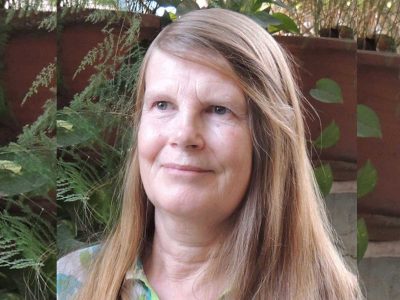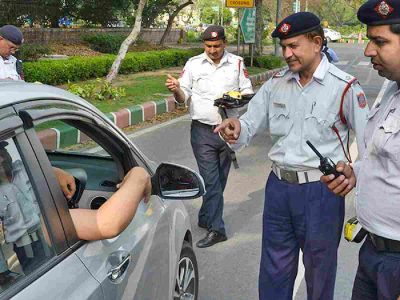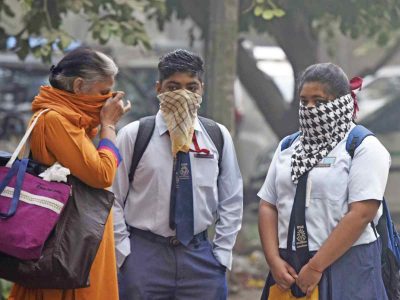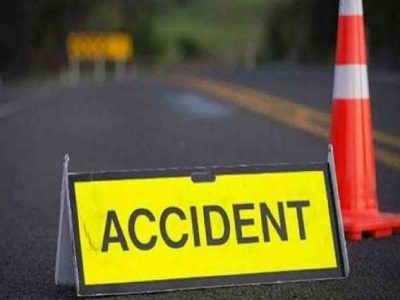If you’re a true Dilliwala, you’ve likely passed by Kilokari near Ashram on Ring Road. Legend has it that Hazrat Nizamuddin Auliya, residing in Kilokari, would spend hours gazing at the Yamuna River flowing nearby, even performing wazu (ablution) with its water. Back then, the Yamuna flowed right past Kilokari. But much water—polluted water—has flowed under the bridge since then. This river, once so integral to Delhi’s life, now struggles under a heavy burden of pollution—a challenge addressed, with the promise of renewal, in the recent Delhi Assembly polls.
A name steeped in respect
In the winding katras, kuchas, galis, and badas of Old Delhi, the river is rarely called “Yamuna.” It is still affectionately and respectfully known as “Jamuna ji.” For these residents, the Yamuna is more than just a river; it is a sacred entity. Bathing in its waters is considered a blessing, a step toward salvation.
“When Delhi was confined within its walled city, Jamuna ji was the lifeline,” explains Dr Raj Kumar Jain, a Chandni Chowk native. “It provided drinking water, nourished the vegetables grown on its banks, watered livestock, and hosted vibrant swimming fairs. Elderly women routinely visited Jamuna ji in the early morning for bathing and meditation.”
Echoes of the past
From emperors to the poorest citizens, the Yamuna was once a source of entertainment and recreation. Shah Jahan is said to have enjoyed leisurely boat rides here. Delhi-based author Vijay Shankar Chaturvedi remembers a time when “people of Delhi would dive from the heights of Jamuna ji‘s ghats, competing in swimming races, displaying their strength. Groups of young people in boats would fiercely compete, rowing vigorously with oars and bamboo poles to surge ahead.”
The Iron Bridge and changing times
Before the Yamuna Bridge was built, travellers from Kolkata and Lahore arrived in Delhi via the river. It is safe to say that Mirza Ghalib’s journeys to Banaras, Kolkata, and elsewhere would have involved travel on the Yamuna by boat. Imagine Delhi of that era! Shahdara and a few villages dotted the landscape on the river’s eastern bank, their populations numbering only a few thousand.
To connect present-day East Delhi with Old Delhi, Braithwaite & Co India Limited of Kolkata constructed the railway bridge. According to Dr Ravindra Kumar, a former Railway Board officer, the bridge’s iron girders were pre-cast in England and assembled on-site. The entire project cost approximately sixteen and a quarter lakh rupees—a sum that wouldn’t even buy a small apartment in Delhi today.
A view from above, a connection enduring
Few Delhi residents haven’t gazed upon the once-mighty Yamuna from the Yamuna Bridge. Generations of Dilliwalas have watched the river while travelling across the bridge by train or beneath it by bus, car, scooter, or tonga.
Also Read: Delhi: Displacement fears rise as Yamuna residents face eviction
The river holds a spiritual significance too. Even today, many in East Delhi walk to Gurdwara Sis Ganj on foot, crossing the Yamuna Bridge on special occasions, reciting Gurbani. “While crossing the bridge, we all bow before the river Yamuna,” says Balbir Singh, a member of the Delhi Sikh Gurdwara Committee, recalling childhood journeys from Vivek Vihar to Sis Ganj Gurdwara with family and neighbours.
A river in peril, a call to action
“Now, as the BJP has regained power in Delhi after a considerable absence, it must prioritise saving the Yamuna,” urges Ashok Updhaya of the Friends of Yamuna Foundation. “The situation is dire. The Yamuna, once Delhi’s lifeline, is now choked with the city’s waste, dirty clothes, scrap, polythene, dead animals, and toxic industrial chemicals. It is pleading for its own survival.”

Writer and translator Gillian Wright, who has witnessed the Yamuna since the 1970s, remembers a time when the river was clean. She laments the pollution caused by people discarding garbage and worship materials, as well as the disappearance of the white cats that once roamed its banks. “Until the seventies, the situation was fine. After that, it went out of hand,” says Wright, translator of Rahi Masoom Raza’s Aadha Gaon and Shrilal Shukla’s Raag Darbari. The Delhi-based writer emphasises the urgent need for change. The fate of Jamuna ji, deeply intertwined with Delhi’s identity, hangs in the balance.
The Delhi-based writer emphasises the urgent need for change. The fate of Jamuna ji, deeply intertwined with Delhi’s identity, hangs in the balance.
The last word comes from East Delhi-based social worker Manoj Sehgal: “As someone born and raised in Shahdara, I have seen the Yamuna since my childhood. I have vivid memories of its gushing waters till the late 1980s. Then, due to the callous attitude of people and the government, the Yamuna turned into a gutter. It is high time the Yamuna once again flows through Delhi with full glory.”





